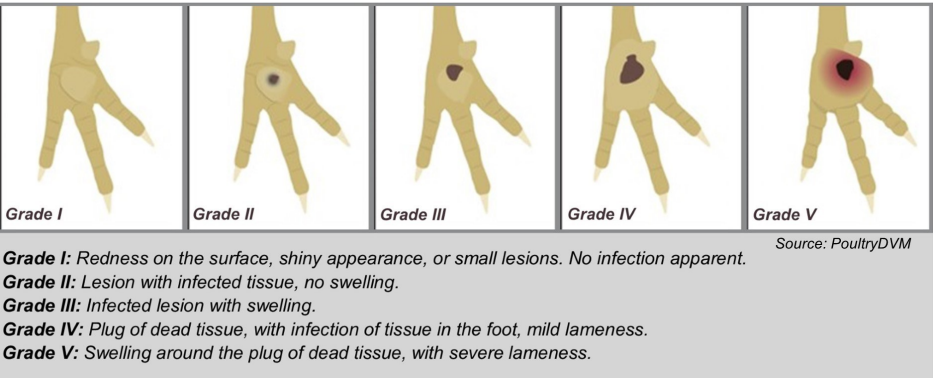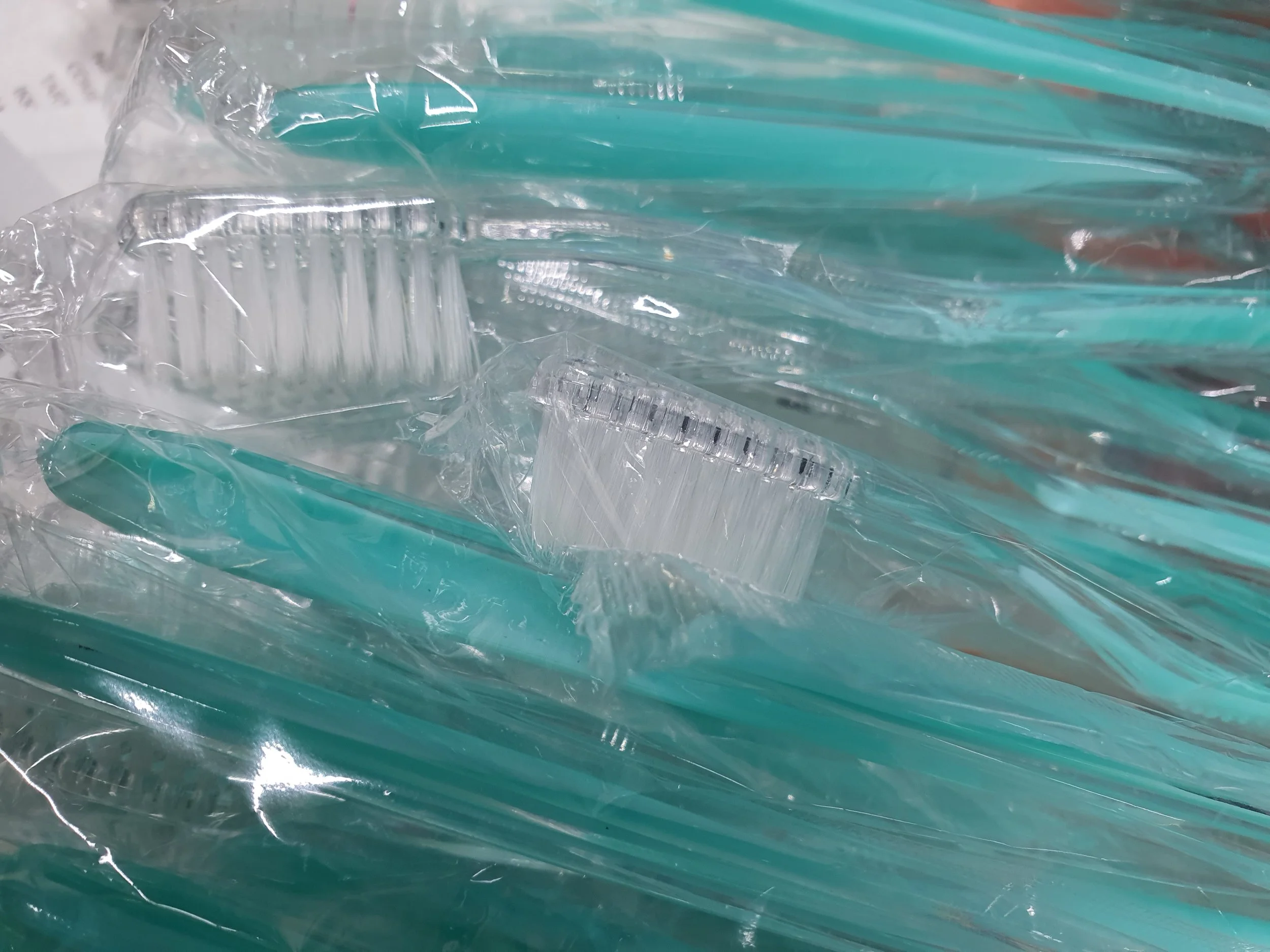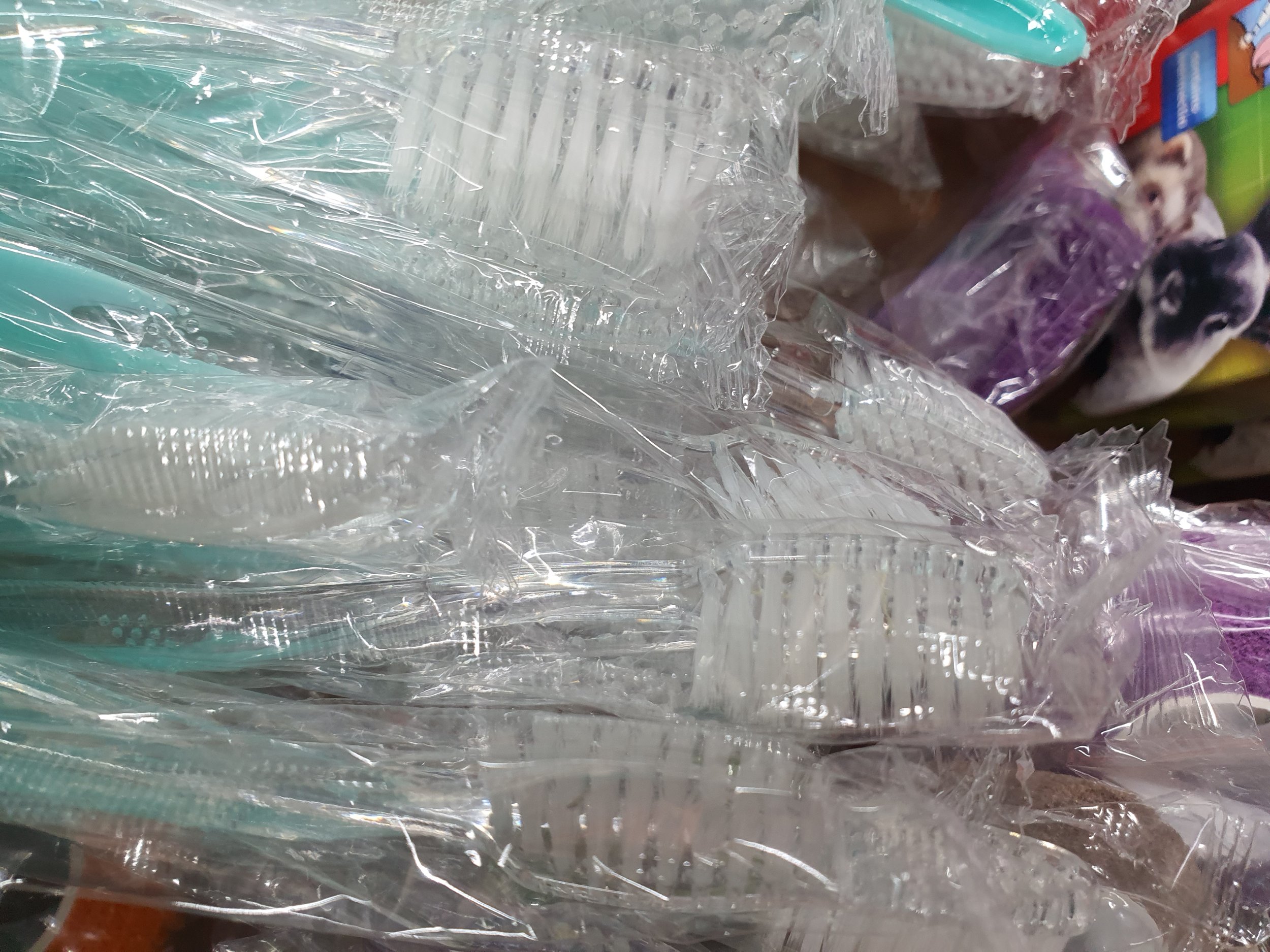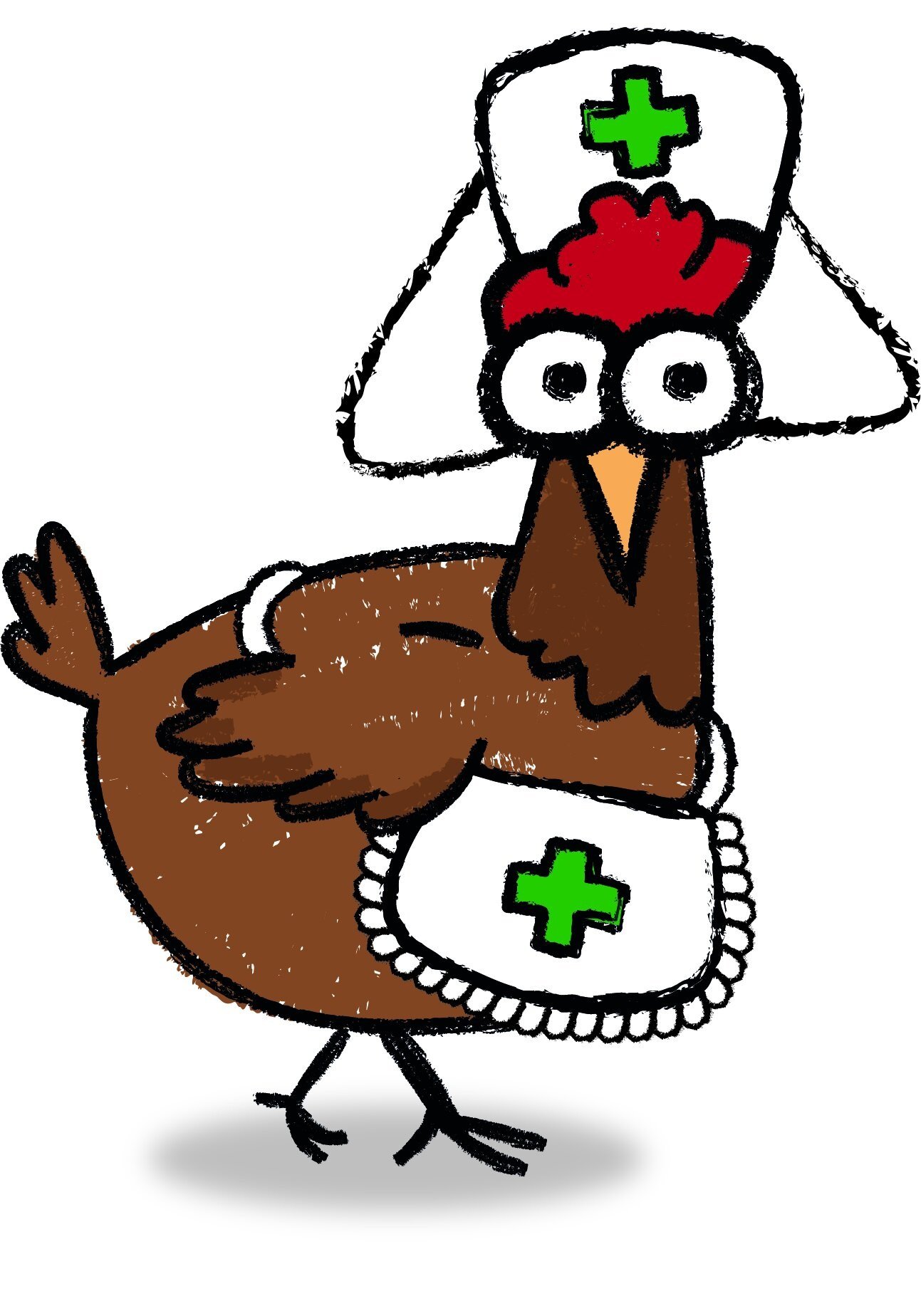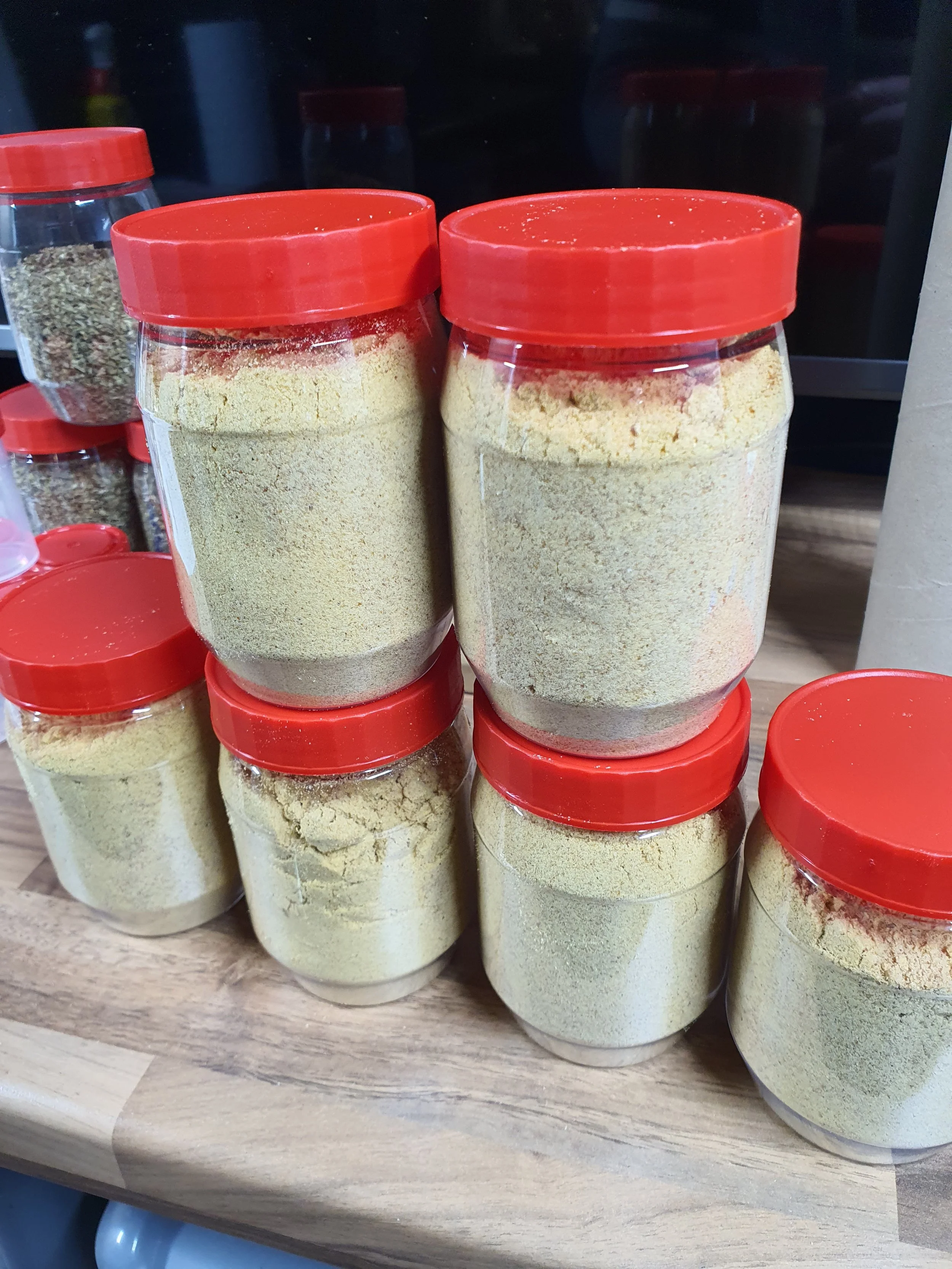Administering the treatment (this is easiest with a helper)
Super Important!
Bumblefoot is caused by bacteria to which humans are very susceptible - Staphylococcus, Pseudomonas, and Escherichia Coli - (Staphylococcus Aureus being the most common.) Wear gloves, wear a surgical mask and be very careful about hygiene during the procedure and afterwards. Wash your hands before and very thoroughly after any procedures dealing with bumblefoot. We use and recommend Hibiscrub for hand-washing when working with chickens.
Treatment
Your familiarity and experience with past cases of bumblefoot will help determine the choice you make in how to treat your chicken. For example, if you have dealt with a few cases of mild bumblefoot in the past, then you may be knowledgeable on how to proceed without the help of your vet (many vets are not experienced in chickens and even a consultation alone will cost 4-5 times more than this treatment pack). It is important to note that once a chicken contracts bumblefoot, the likelihood of that chicken contracting it again is much higher. As a chicken owner, coop and ground cleanliness should be your first line of defence against bacteria when treating bumblefoot. A good antibiotic spray is a great 2nd line and one is included in this treatment pack
prepare first! Put on your disposable gloves and clinical mask if you have one. You will need scissors to cut the inadine patch
dissolve a level tablespoon of Epsom salts into an unused mug of warm water - this is now the chicken mug and cannot be used in the house or for drinking ever again
Catch your chicken! This is much easier with a helper to hold the bird but can be done sitting with the bird on your lap wrapped in a loose towel
you are going to gently scrub the scab with the toothbrush soaked in the Epsom salts solution to loosen it
if a few minutes of gentle agitation do not remove the head of the scab you can gently pick it with the scab pick to remove it, if she protests it’s because it hurts so stop and try again later.
you can apply a poultice of Epsom salts and natural antibiotic herbal oregano (included) to keep the drawing action working on the scab until the next day if it won’t come loose today, use vet wrap to hold it in place
once the scab is removed the infection inside is dangerous to you, do not put your hands near your mouth if you have touched the scab or the goo inside (chicken pus is like cheese, not like human pus).
gently agitate the pus with the toothbrush and Epson salts solution to loosen and remove it from the wound.
spray the antibiotic spray into the wound and onto the foot, a couple of squirts is enough
if required you may pack the wound with a natural oregano poultice mixed with a a little epsom salts, mixed into a paste
cut a suitably sized square from the inadine patch, return the unused patch to the packet and fold it up to keep it moist
apply the inadine patch to the foot and bind it in place with the vet wrap bandage, using enough to secure it in place (practice on your finger first, not too tight and not too loose)
change the inadine patch and vet wrap daily or every time it comes loose, do not leave in place for more than 48 hrs
antibiotics from the vet may be required if it does not heal in 5 days
If you find that your chickens are continually contracting bumblefoot, then it may be time to look into preventative measures. Remember, things like weight, diet, and environment all play a role in preventing disease. Examine your chicken coop to ensure that the area is clean from poop and that the roost is not too high off the ground (causing sprains and injuries from jumping). The most common type of bacteria that causes infection in bumblefoot is staphylococcus, a bacteria that thrives in a dirty, poopy chicken coop. For the health of your chicken, it is vital that the roost, and coop, are comfortable and clean and that poops are removed regularly and the ground is disinfected.
Cleaning the equipment after treatment
After administering the treatment you MUST CLEAN VERY THOROUGHLY any equipment you plan to reuse (the pick, the toothbrush, the latex gloves). Wash your hands thoroughly in Hibiscrub or any similar approve medical disinfectant while wearing the same latex gloves you used during the procedure. Leave the toothbrush to stand in a solution of Hibiscrub along with the pick, ensure the entire body of both the toothbrush and the pick is fully submerged in the disinfectant for at least 10 minutes, preferably longer. Soaking your equipment in disinfectant will shorten its life. Not soaking your equipment in disinfectant will shorten YOUR life! DO NOT scrimp on cleaning your tools!


